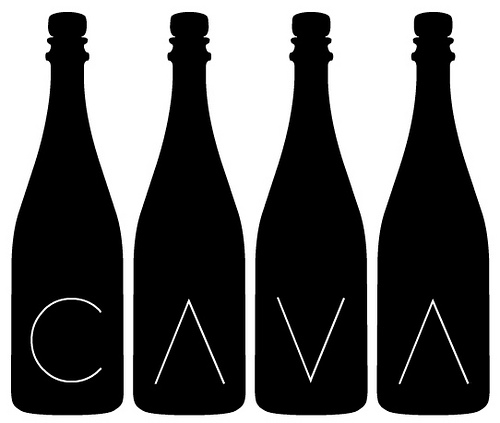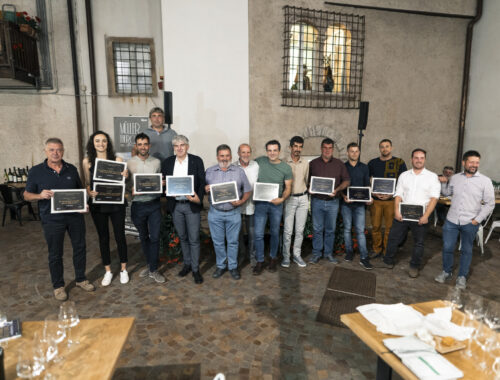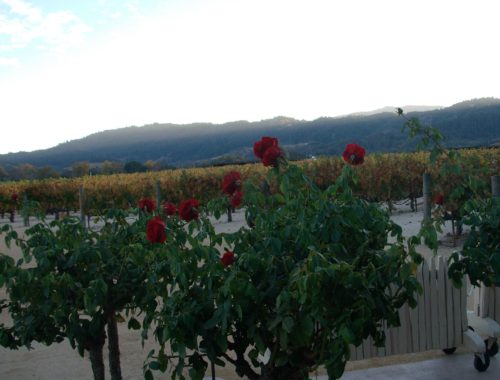The theme of independence is not new to Catalonia and Catalonia is not new to the wine world with a number of great wines. Among them, there is the well-known Cava, the Spanish sparkling wine produced by Classic Method, and unlike many other sparkling wines produced all over by classic method which often retrace Champagne, Cava is (mainly) produced from local grapes. The three main grapes are Macabeo that often covers 50% of the cuvée or more, Xarel-lo, which often determines its distinctive character with earthy notes and Parellada.
But the question is: what is Cava risking given the current political situation?!
- Cava: hints of history
It was born at the end of the 1800 to retrace Champagne as many other products but after the attack of phylloxera and the resulting need to rebuild the vine production, local grapes have been planted and what is more a better placement on the market has been defined: a good quality product at a reasonable price. Spanish producers have so invested in numerous innovations to reduce production costs to offer attractive prices. [Among them, in particular, we recall the mechanization of the so-called remuage system, introducing giropallette (necessary for a crucial operation related the production of sparkling wines and previously carried out exclusively by hand, bottle per bottle); an innovation now used all over the world, even in Champagne].
- Cava: the market
Cava exploded first and foremost on the Spanish market and then abroad, especially in Germany but also in the so-called PIGS countries (Portugal, Italy, Great Britain and Spain as said), thanks to a really competitive value for money. A success that from the 1980 to 2010 has recorded an increase in sales and numbers of producers and which substantially slowed down starting from 2010/2011 also because of the boom of Prosecco that, with its Charmat method (faster and cheaper) and its immediate and fresh taste, conquered the most important markets such as the United Kingdom where it will continue to grow up to 2020, as IWSR forecasts has recently announced. On the other hand, if one of the 2 giants of the Cava production, the Spanish company Freixenet, has just added a Prosecco in its line, there is little to add.
- Cava: current investments
So, they are now trying to recover the mistakes made in the past, years when they have not invested in building a proper territorial identity (the Cava did not have a well-defined production area until the demarcation has been imposed by the European Union and the borders still remains very extensive even exceeding the catalan region); not even in the communication and this is why now “Cava” is still too often synonymous with “commercial, cheap” product. This is why it has been now launched a new classification: Cava de Paraje Calificado with more restrictive rules on yields, longer ageing on the lees and so on and, above all, it is produced from a single vineyard. A designation that should communicate the identity and quality potential of Cava.
- cava: the “new” political challenge and the BOYCOTT
It is a pity, however, that the Cava has now to face a new political challenge linked to the independence of Catalonia, which is not a new issue and that has already influenced Cava’s consumption in the past. There is the theory of the boycott considered to have a direct influence on the consumption of the Cava. In fact, a scientific study was conducted and based on the theory that causing damage to the Catalan economy (on such an important product as Cava) could lead to political pressure. The study was based on the data resulting from a boycott operation observed between 2005 and 2006, when the Statute for Autonomy of Catalonia was approved, and when numerous newspapers criticized Cava. Such studies are not new, they have been conducted in several countries and occasions but the boycott had always been observed against foreign products. In this case, instead, it is an internal operation. The aggregate data of the study apparently showed that there was not a direct effect between the boycott and the decline in consumption of the Cava but actually this was because – at the same time – the Catalans increased the consumption of local products, creating a compensation. While, if the data are observed dividing Spain in sub-zones, it is easy to notice a significant decline especially in the south of the country and on the east coast.
On the basis of this experience, unfortunately, a new political challenge is going to complicate a rather delicate situation. In the meantime, some companies have already thought of leaving the DO Cava as well as of moving from Catalonia itself, to protect the business from the difficult political mechanisms in progress.
We will see.











